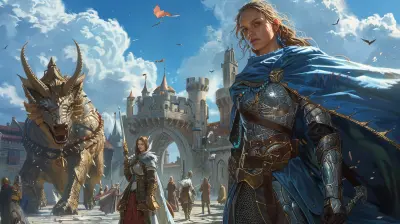The Role of Power-Ups and Collectibles in Platformer Games
14 October 2025
Let’s be real—what’s a platformer game without a good ol’ power-up or that elusive collectible hidden just out of reach?
Whether you're leaping across pixelated pits or navigating complex 3D worlds, there's this special thrill that comes from grabbing a shiny mushroom, a golden ring, or a secret coin. It's like a digital high-five saying, "You're doing great, keep going!"
Today, we’re diving deep into this magic. We’re unpacking how power-ups and collectibles aren’t just there to glitter—they’re the heart and soul of what makes platformer games so addictive, memorable, and downright fun.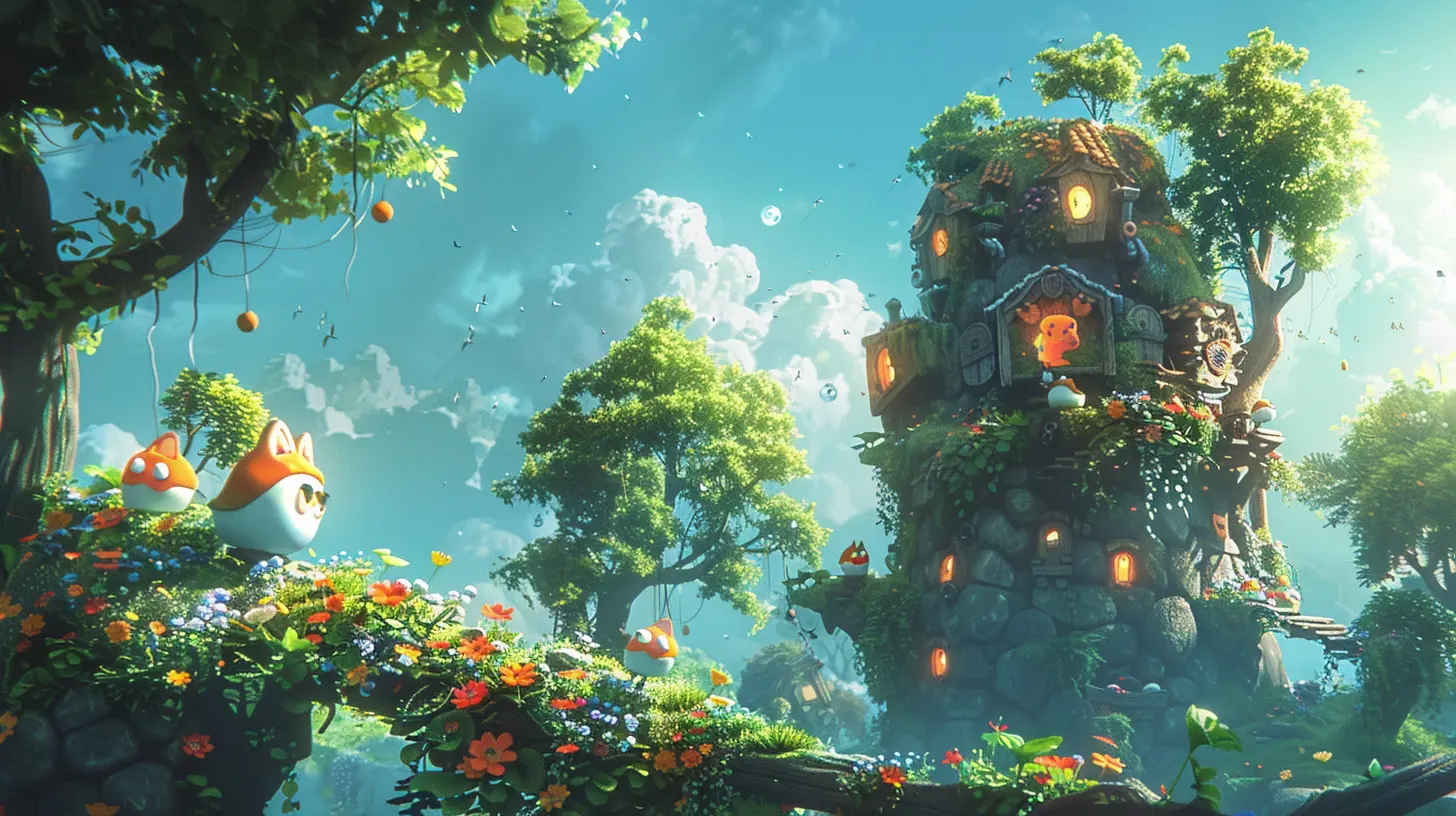
The Early Days: Where It All Began
If we rewind the clock a bit, back to the NES days and arcades with flashing lights and sticky buttons, you’ll notice something: the earliest platformers already knew the secret sauce.Think about Super Mario Bros. What’s the first thing you do? You snag a mushroom. And with it, you grow. Literally. Then maybe you grab a fire flower, and bam—you’re tossing fireballs like a pixelated wizard.
That simple mechanic—giving the player a reward for exploring and progressing—became foundational. It told players, “Hey, if you poke around and take some risks, you’ll be rewarded.” It’s incentive design at its finest.
And that idea? It’s stuck around.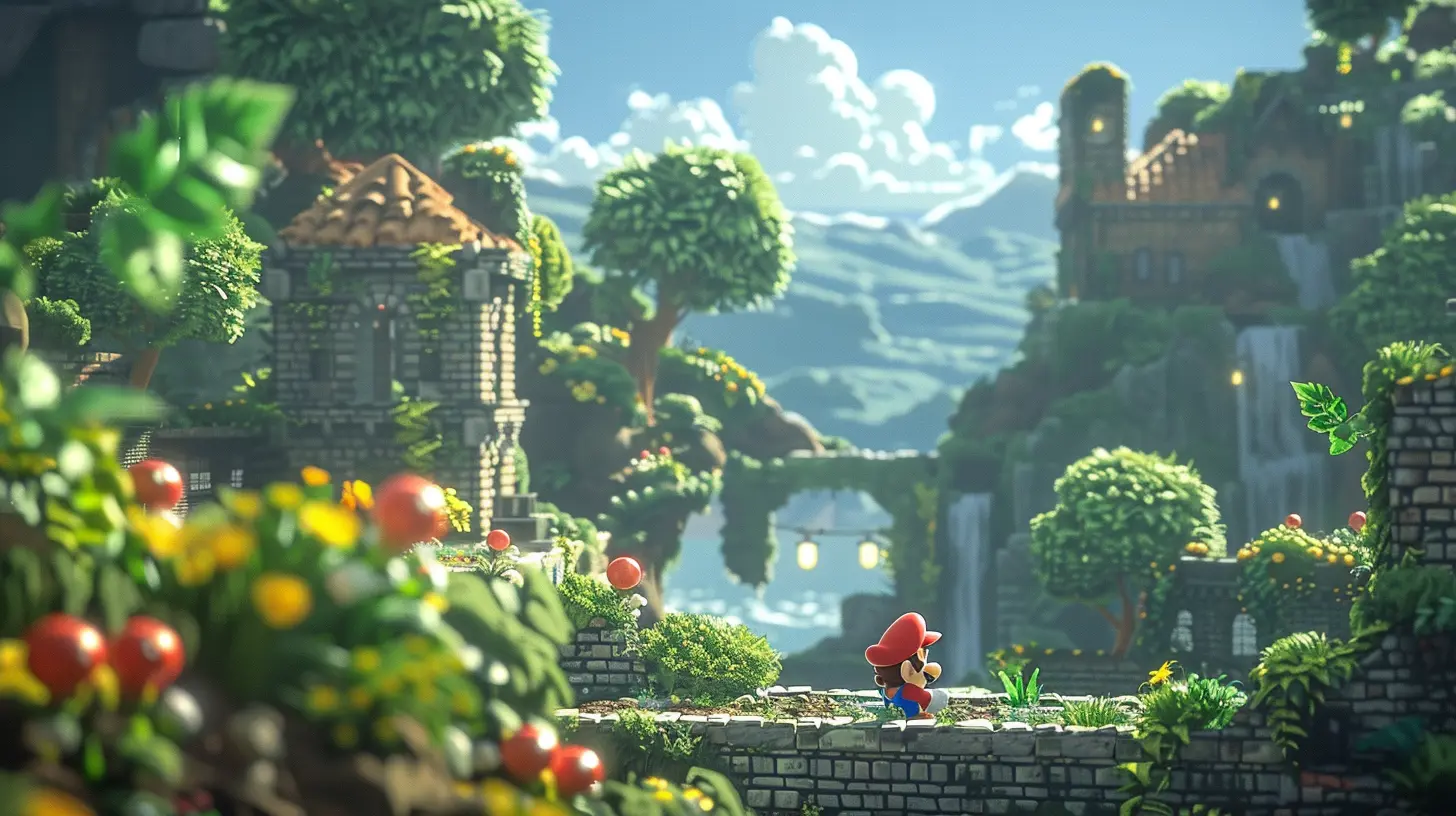
Why Power-Ups Matter So Much
Let’s break this down. Power-ups aren’t just cool because they make you stronger or give you new abilities (though that’s awesome too). They serve several key roles in platformer games:1. Rewarding Exploration
Power-ups can be hidden in the most unexpected places—in a hidden block, behind a false wall, or at the end of a tricky path. The message is clear: curiosity pays off.You’re not just moving from Point A to Point B; you’re looking under every rock, jumping into every suspicious nook. And when you’re rewarded for doing so, it triggers the brain’s pleasure center. You feel smart. You feel seen.
2. Encouraging Risk-Taking
Ever grabbed a power-up perched on a tiny platform above a pit of lava? Yep, me too. Sometimes the risk is worth it. Sometimes it’s not. But either way, it spices up the gameplay.And here’s the thing: even if you fail, you learn. You start to gauge the risk-reward equation more intuitively. That tension? It keeps things exciting.
3. Evolving Gameplay
Power-ups shake things up. One minute you’re running and jumping, the next you’re flying, sliding, swimming, or shooting lasers. It’s like adding new tools to your toolbox mid-mission.That variety? That’s what stops platformers from feeling repetitive. Every new ability feels like a fresh coat of paint over familiar terrain.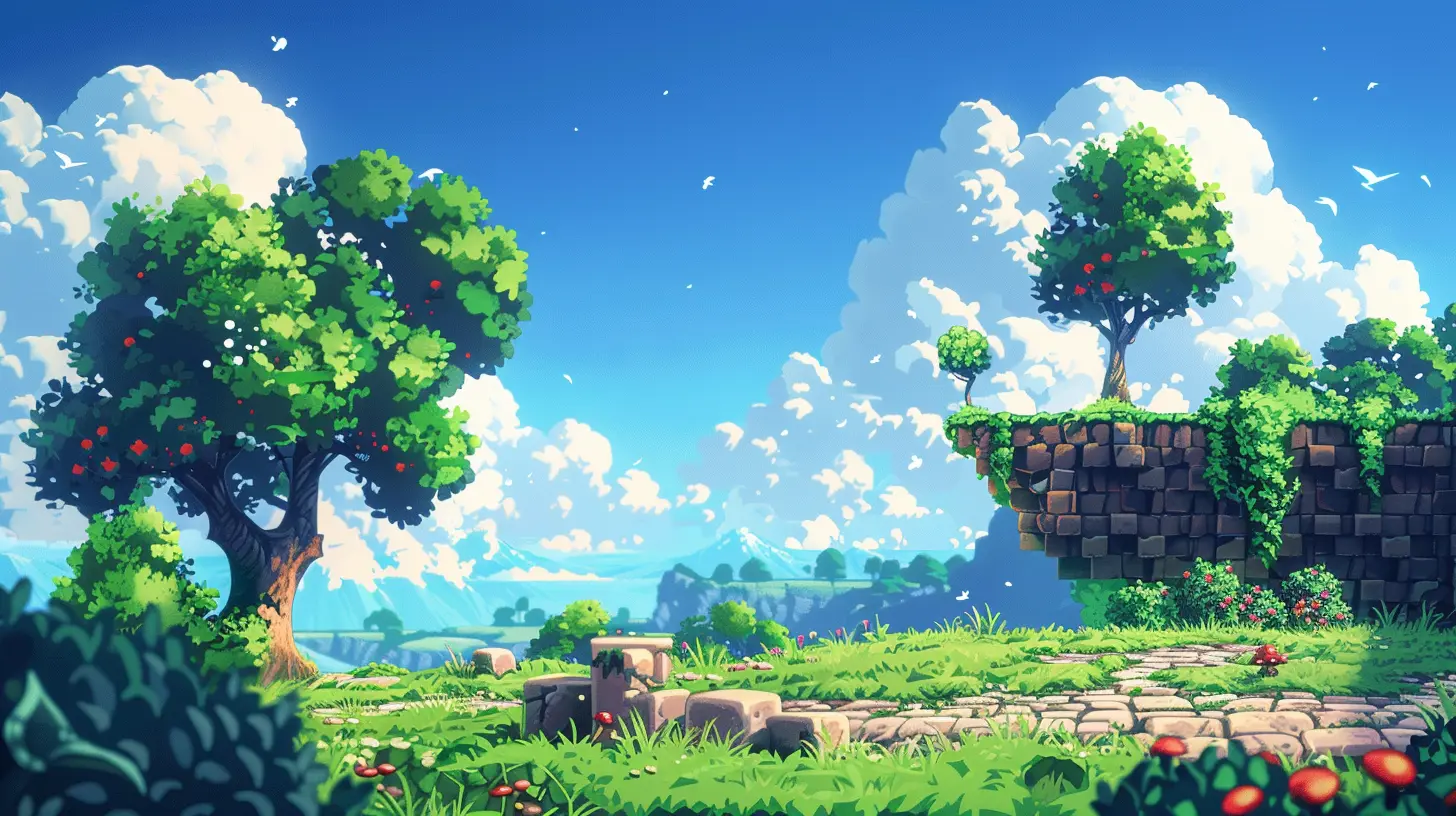
Types of Power-Ups You'll Usually Find
Not all power-ups are created equal. Some are game-changers, while others are smaller boosts that nudge you forward. Let’s go through the main categories.Temporary Buffs
These are your speed boots, invincibility stars, or double-jump potions. They don’t last forever, but they feel incredible while they do.They’re like that burst of energy on the last mile of a marathon. You feel unstoppable—until you’re not. And that clock ticking down adds urgency and drama.
Permanent Upgrades
Now we’re talking. Think Metroidvania-style games where every new ability opens up previously inaccessible areas. You get a dash move? Now you can cross those huge gaps. A wall climb? Suddenly those vertical sections open up.These power-ups are more strategic. They not only change how you play—they change where you can go. They turn the game world into one big puzzle box.
Offensive Boosts
Fireballs, laser beams, magic boomerangs—you name it. These power-ups let you turn the tables on enemies.They’re satisfying because they turn defense into offense. You’re no longer dodging every enemy. Now you’re chasing them down.
Defensive Tools
Shields, extra lives, invincibility cloaks. These don’t necessarily let you plow through the game, but they give you confidence.They’re a safety net, a little whisper saying, “Don’t worry, I’ve got your back.”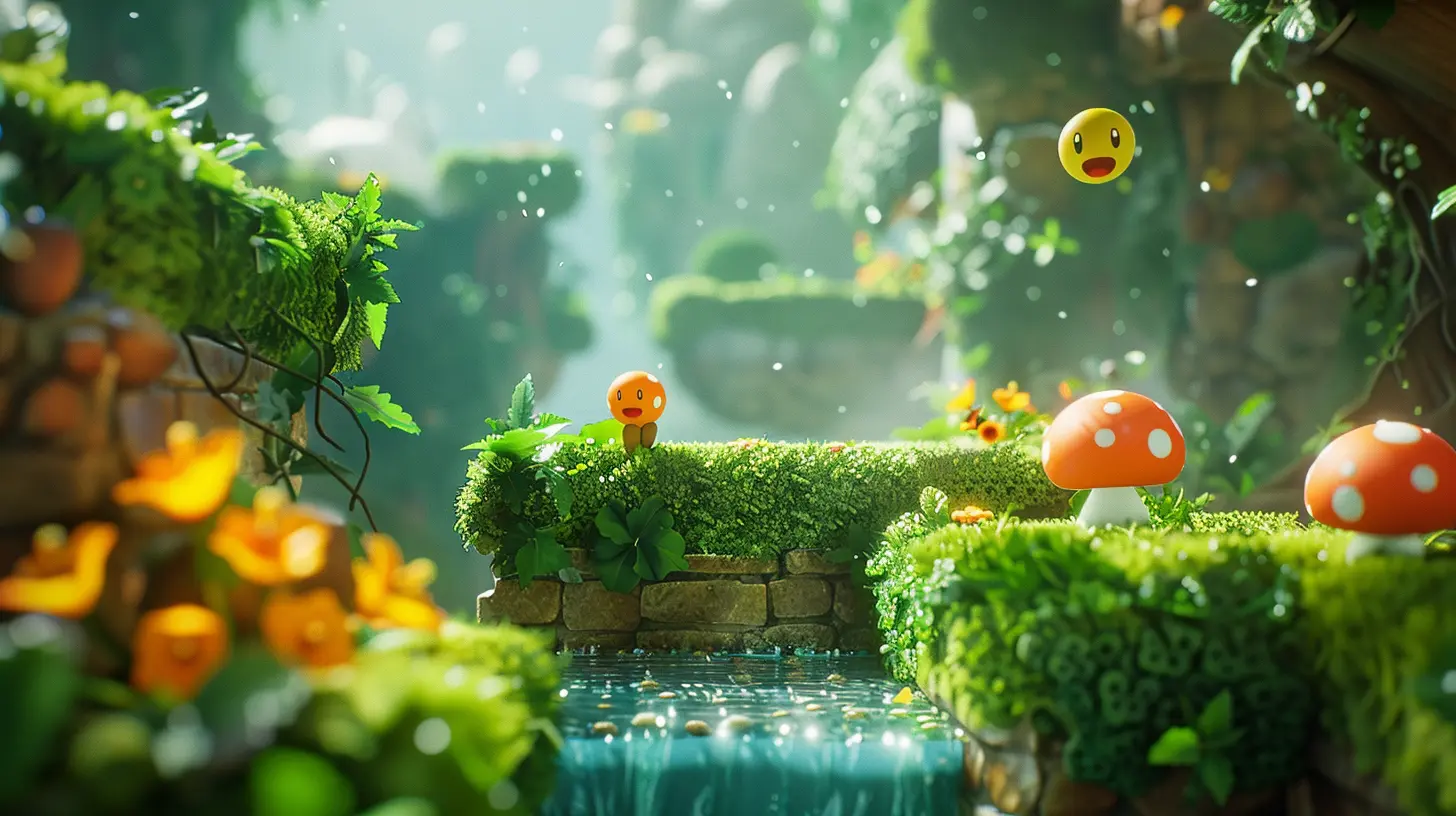
The Charm of Collectibles: Not Just for Show
Let’s shift gears for a sec and talk about collectibles.You know, the coins, gems, stars, bananas, puzzle pieces, and other shiny things games throw at you like confetti. Casual players might think they’re just for bragging rights, but they actually play a much deeper role.
1. Progression Tracking
Many games tie collectibles directly to your progress. Grab 100 coins and you get a new life. Find all the puzzle pieces and unlock a secret level.It’s a way for developers to track how thoroughly players are exploring the game—kind of like leaving a digital breadcrumb trail.
2. Motivation to Replay Levels
Missed a collectible? You bet you’re diving back into that level to grab it. And guess what? That replay adds value to the game.You start to master levels, discover secrets you previously missed, and better understand the game’s design. It’s like peeling back the layers of an onion—with way less crying (unless it's a really hard game).
3. Emotional Payoff
There’s just something deeply satisfying about hearing that "ding" sound when you collect something. Especially when it completes a set.It scratches the same itch as completing a checklist. That little dopamine hit? It keeps players coming back.
How Power-Ups and Collectibles Shape Game Design
Good platformer design isn’t just about getting from start to end. It's about the journey in between—and what players find or earn along the way.Creating Whimsical Worlds
Power-ups and collectibles are often tied to a game’s identity. Think about how iconic the Super Mario mushroom is. Or Sonic’s golden rings.They aren’t just gameplay mechanics—they become symbols, mascots of the games themselves. They help shape the game’s personality and aesthetic.
Guiding the Player
Often, collectibles are placed in a way that subtly directs the player. A trail of coins might lead you to a hidden area or over a tricky jump.It’s like the developers are leaving you little hints, nudging you in the right direction without you even realizing it. That’s smart design right there.
Skill Gating
Not all power-ups are easy to get. Some require clever thinking, fast reflexes, or mastery of certain mechanics.By tying certain upgrades or collectibles to harder challenges, the game can naturally separate beginner players from veterans—and offer both something meaningful.
The Emotional Connection: Why We Really Love Them
Here’s a truth that doesn’t get said enough: we don't just love power-ups because they're useful. We love them because they make us feel something.That moment when you finally reach a power-up after multiple tries? Or collect the final item to 100% complete the game? That’s pure joy.
It’s not just progress—it’s accomplishment. It’s like the game is patting you on the back and saying, “You did it.”
The Future of Power-Ups and Collectibles in Platformers
The genre’s come a long way, but developers are still finding creative ways to evolve these mechanics.Dynamic Power-Ups
We’re seeing more games where power-ups adapt based on player choices or in-game environments. Maybe the fireball behaves differently underwater. Or the jetpack works differently in low gravity.That adds depth and dynamism to gameplay. You’re not just using a tool—you’re learning how to master it under different conditions.
Meta Collectibles
Some modern platformers include collectibles that unlock behind-the-scenes content, concept art, developer commentary, or even alternate endings.That turns each collectible into a narrative device. It’s not just a bonus—it’s a piece of the story.
Final Thoughts
Platformer games owe a lot to their power-ups and collectibles. They aren’t just side features—they're part of the experience’s DNA.They drive you to try harder, explore more, and engage deeply with the world the developers created. They make the simple act of jumping from one platform to another feel like an adventure.
And let’s be honest—there’s something timeless about spotting a glowing orb at the top of a tricky tower and saying, “I gotta have that.”
So next time you’re playing a platformer and you spot a shiny something just a little off the beaten path—go for it. Not just for the upgrade, not just for the points, but for the joy of the chase.
Because in the end? That’s what platformer games are all about.
all images in this post were generated using AI tools
Category:
Platformer GamesAuthor:

Tina Fisher
Discussion
rate this article
1 comments
Jade Velez
Great insights! Power-ups truly enhance the excitement in platformers!
October 17, 2025 at 2:53 PM

Tina Fisher
Thank you! I’m glad you found the insights valuable—power-ups really do add an extra layer of excitement to platformers!
